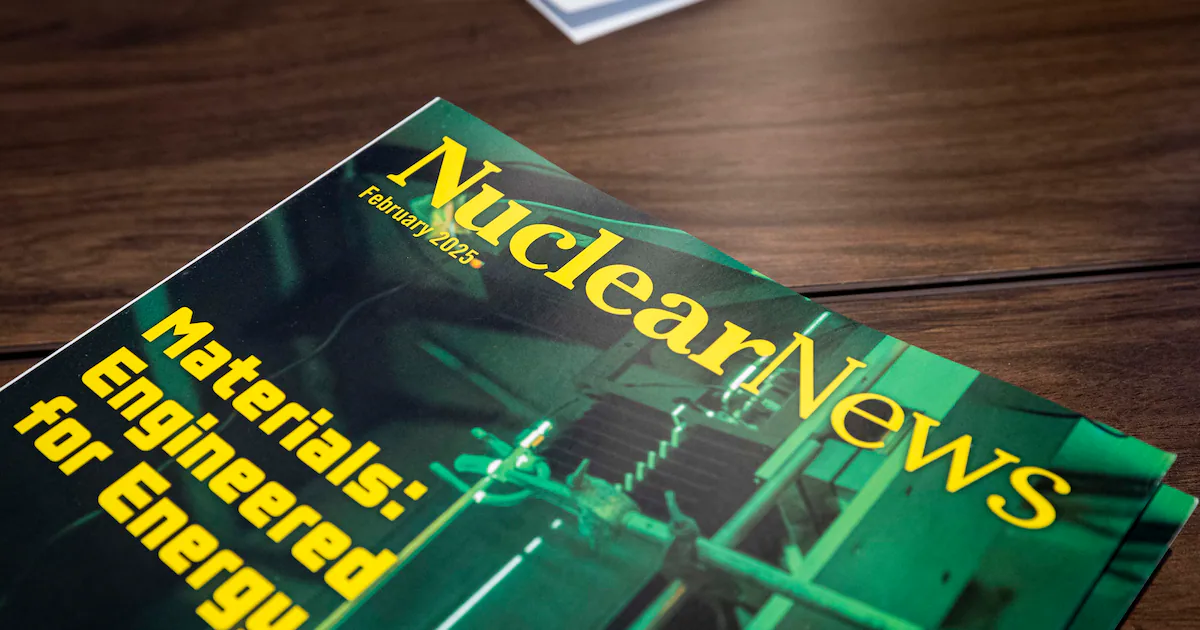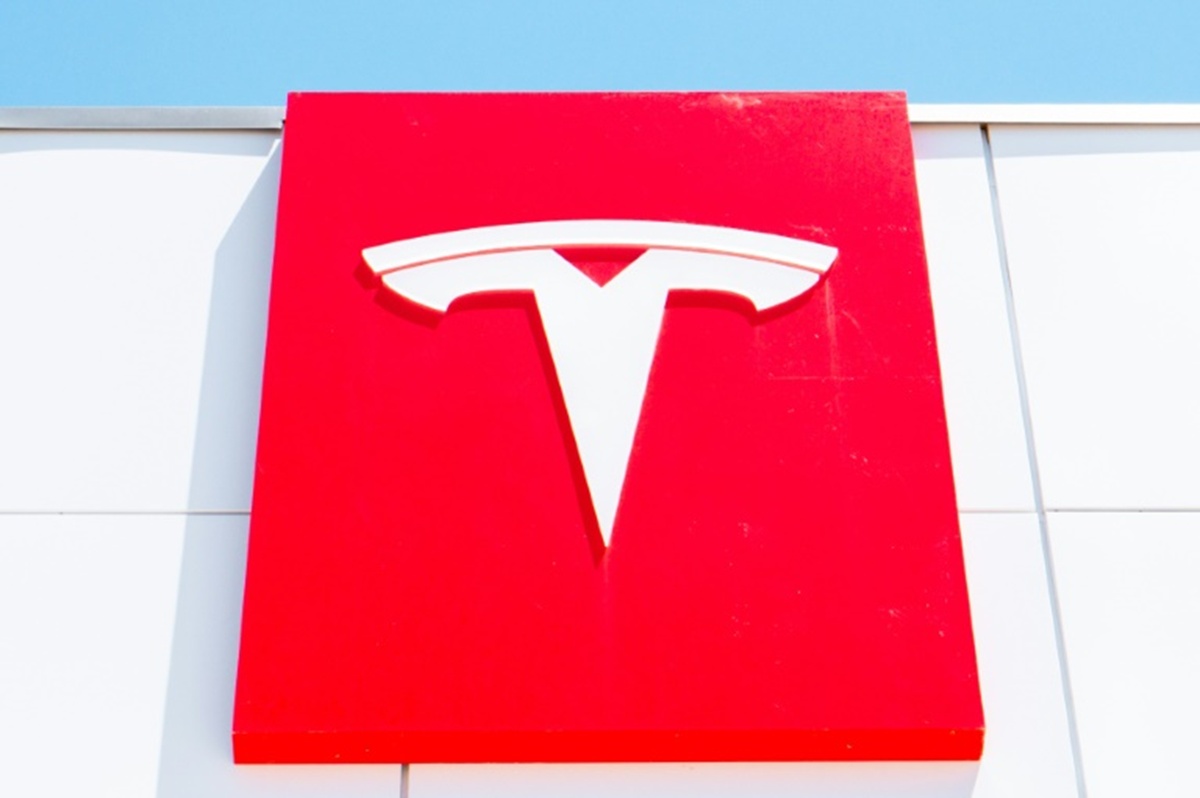Copyright Salt Lake City Deseret News

The recent Deseret Magazine feature “Inside the Nuclear Energy Debate” captures the national mood around nuclear power as a technology that continues to inspire optimism and evoke misunderstanding. For decades, the words “nuclear energy” have carried baggage around safety, cost, waste and water usage. Having witnessed the challenges of large-scale nuclear power as a consultant and now working with market leader Hi Tech Solutions to bring next-generation reactors to Utah, I can attest that the reality on the ground today is very different. The United States currently operates 94 commercial nuclear reactors, which collectively maintain one of the strongest safety records in the energy industry. Over decades of operation, there have been no deaths or serious injuries from radiation exposure, and ongoing Nuclear Regulatory Commission (NRC) oversight coupled with advanced designs makes modern U.S. reactors among the safest and most tightly regulated in the world. The newest designs add automatic shutdown mechanisms and simplified cooling systems that further enhance safety and reliability. Earlier in my career at PwC, my team was hired to help address challenges during the construction of the last nuclear plant built in the United States. I’ve seen firsthand how large-scale nuclear projects earned a reputation for cost and schedule risk. That experience helps explain why the industry is moving in a very different direction. The future of nuclear is small and efficient. New reactors use standardized parts that shorten construction timelines and lower costs over time. Built in phases, they’re easier to plan, finance and deliver while still providing reliable, around-the-clock clean power. Equally misunderstood is the question of waste. Nuclear waste is far smaller in volume than most people realize. Since the 1950s, the entire U.S. fleet has produced only enough spent fuel to fill a single football field less than 10 yards deep. Most of it is safely stored onsite in secure, dry casks under strict federal oversight. Next-generation reactors use fuel more efficiently and produce even less waste overall. With their smaller size, improved fuel performance and proven storage methods, these reactors can generate far less spent fuel than traditional plants while still producing about 320 megawatts — enough to power roughly 250,000 homes. Although less discussed nationally, water is a critical factor for Utah as the second driest state in the nation. Traditional reactors have faced skepticism for their cooling demands, but next-generation designs are changing that. Small advanced reactors use improved cooling systems that cut water consumption by more than 90%. These innovations mean nuclear power can meet Utah’s growing energy needs without adding pressure to its limited water resources. The economic impact is even more transformative. Building a small nuclear reactor industry in Utah would do far more than generate power — it would also drive lasting prosperity. A single reactor could bring billions in capital investment alone. Hi Tech Solutions’ broader plan to establish a full industry that includes workforce training and reactor manufacturing would create tens of thousands of high-paying, long-term jobs and attract tens of billions more in investment. In the process, it would strengthen the energy security that underpins Utah’s — and the Intermountain West’s — industrial and economic growth for generations to come.



